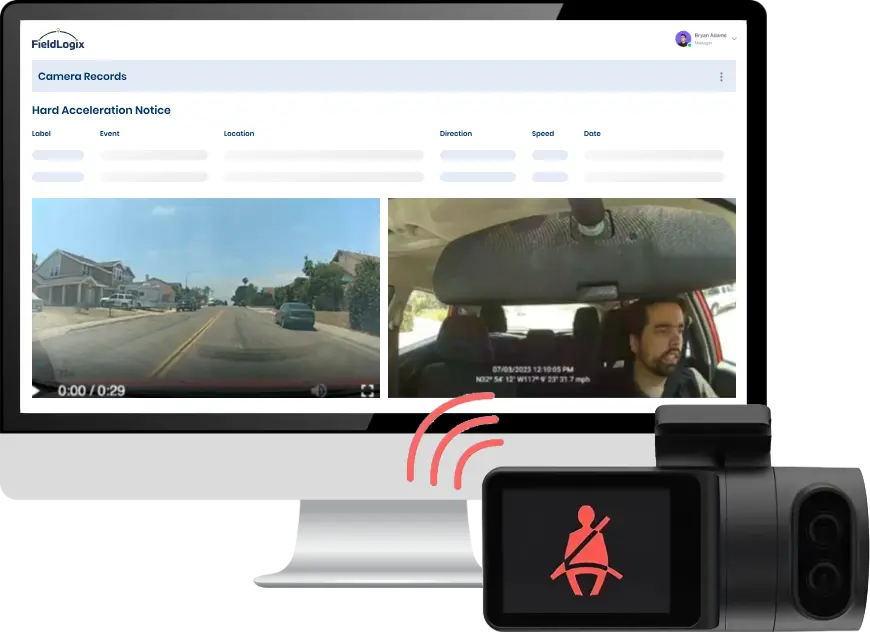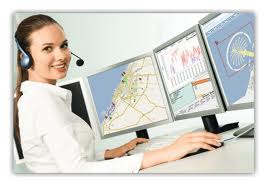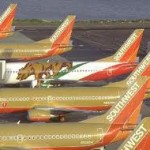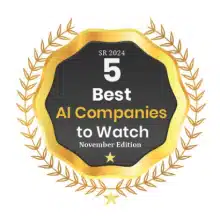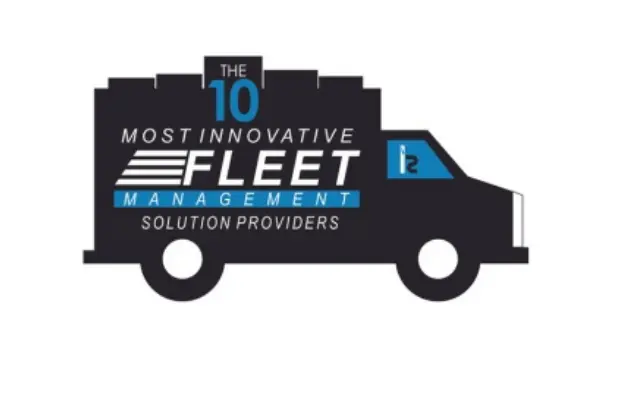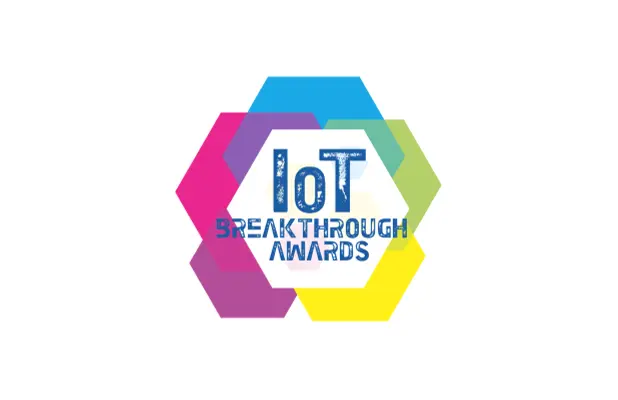Edmunds Says Vehicle Telematics Will Forever Change How We Drive
 Vehicle GPS Tracking Systems enabled with Telematics technology will forever change the way Americans drive, according to an article on an Edmunds company website – Insideline.com. The article titled “Five Car Technologies That Will Change How You Drive” discusses up and coming technological advances that will make driving better, safer, more convenient and more entertaining than ever.
Vehicle GPS Tracking Systems enabled with Telematics technology will forever change the way Americans drive, according to an article on an Edmunds company website – Insideline.com. The article titled “Five Car Technologies That Will Change How You Drive” discusses up and coming technological advances that will make driving better, safer, more convenient and more entertaining than ever.
The five up and coming auto technologies highlighted in the Edmunds article include:
* Telematics and GPS Tracking – Voice activation, text-to-speech technology, audible RSS feeds, and vehicle tracking systems are being upgraded and developed.
* Connected Cars – Updated maps, local services and listings, real-time traffic information and much more are now available from your dashboard. Features like Ford’s Sync system and connected navigation such as Google Maps Navigation bring “cloud computing” to your car’s interior.
* Next-Generation Head-Up Displays – Holographic Laser Projection (HLP) display information on the windshield and infrared cameras “paint” the edges of a road during low visibility.
* Advanced Driver Assistance Systems – Lane-departure warning, forward-collision warning, blind-spot detection and pedestrian detection can help protect drivers from even themselves.
* In-Car Apps – Soon drivers will be able to download a wide variety of apps to create customizable dashboards, navigation, communication and entertainment options within their vehicles.



